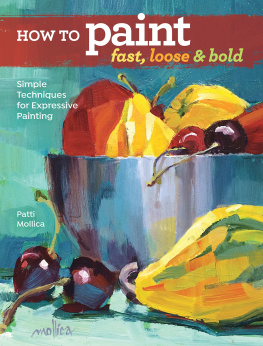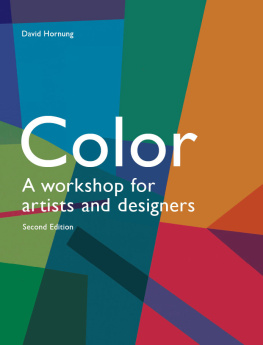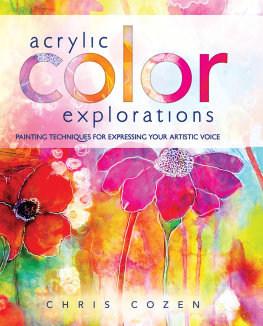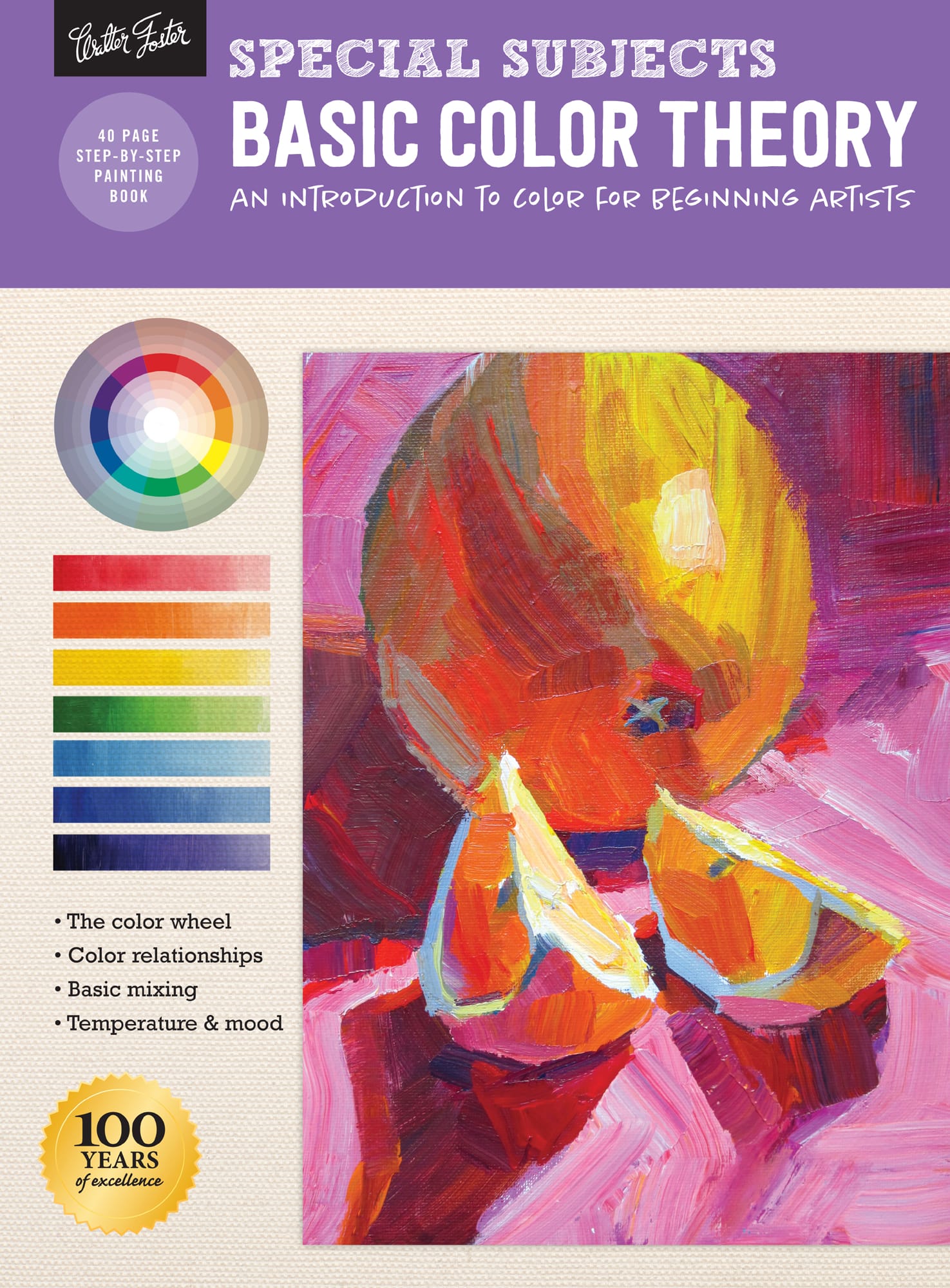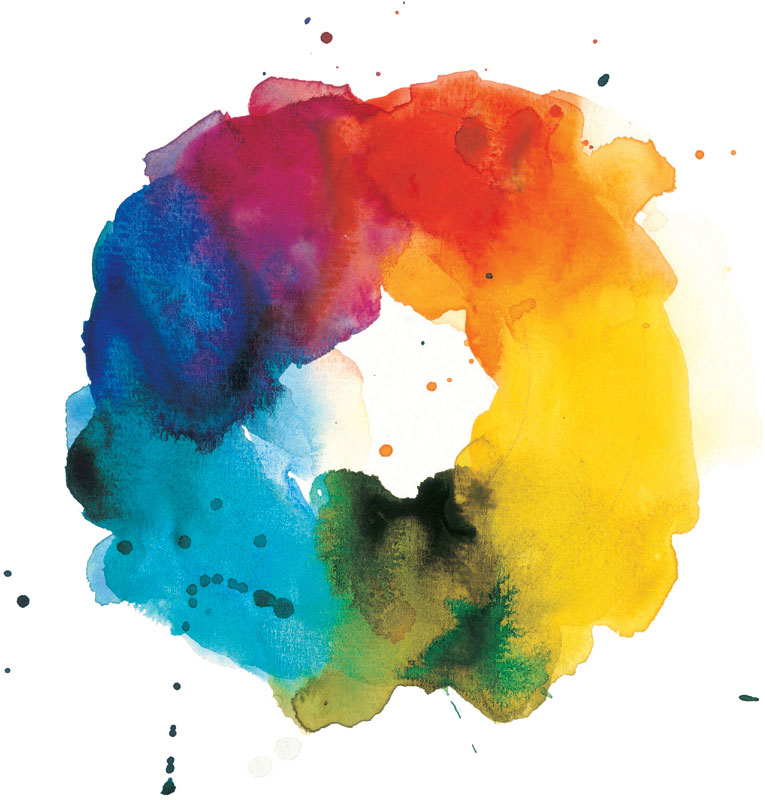Patti Mollica - Special Subjects: Basic Color Theory: An Introduction to Color for Beginning Artists
Here you can read online Patti Mollica - Special Subjects: Basic Color Theory: An Introduction to Color for Beginning Artists full text of the book (entire story) in english for free. Download pdf and epub, get meaning, cover and reviews about this ebook. year: 2018, publisher: Walter Foster Publishing, genre: Computer. Description of the work, (preface) as well as reviews are available. Best literature library LitArk.com created for fans of good reading and offers a wide selection of genres:
Romance novel
Science fiction
Adventure
Detective
Science
History
Home and family
Prose
Art
Politics
Computer
Non-fiction
Religion
Business
Children
Humor
Choose a favorite category and find really read worthwhile books. Enjoy immersion in the world of imagination, feel the emotions of the characters or learn something new for yourself, make an fascinating discovery.

- Book:Special Subjects: Basic Color Theory: An Introduction to Color for Beginning Artists
- Author:
- Publisher:Walter Foster Publishing
- Genre:
- Year:2018
- Rating:4 / 5
- Favourites:Add to favourites
- Your mark:
Special Subjects: Basic Color Theory: An Introduction to Color for Beginning Artists: summary, description and annotation
We offer to read an annotation, description, summary or preface (depends on what the author of the book "Special Subjects: Basic Color Theory: An Introduction to Color for Beginning Artists" wrote himself). If you haven't found the necessary information about the book — write in the comments, we will try to find it.
Understanding how to effectively use color is the first step to becoming a well-rounded artist. Special Subjects: Basic Color theory is your guide.
A perfect resource for new artists and art hobbyists, Basic Color Theory demonstrates the color wheel at work and covers all the essentials, including complementary, primary, secondary, and tertiary colors; hue, saturation, and value; color mood, temperature, and schemes; and how to create a color chart.
Each concept is clearly explained in easy-to-comprehend language so beginning artists can put their newfound knowledge to immediate use. Also included are step-by-step tutorials, as well as techniques for basic color mixing in different mediums.
Designed for beginners, the How to Draw & Paint series offers an easy-to-follow guide that introduces artists to basic tools and materials and includes simple step-by-step lessons for a variety of projects suitable for the aspiring artist. Basic Color Theory allows artists to widen the scope of their abilities, demonstrating how to create color and value charts, basic color mixing techniques, and a comprehensive approach to understanding color relationships.
**
Patti Mollica: author's other books
Who wrote Special Subjects: Basic Color Theory: An Introduction to Color for Beginning Artists? Find out the surname, the name of the author of the book and a list of all author's works by series.

